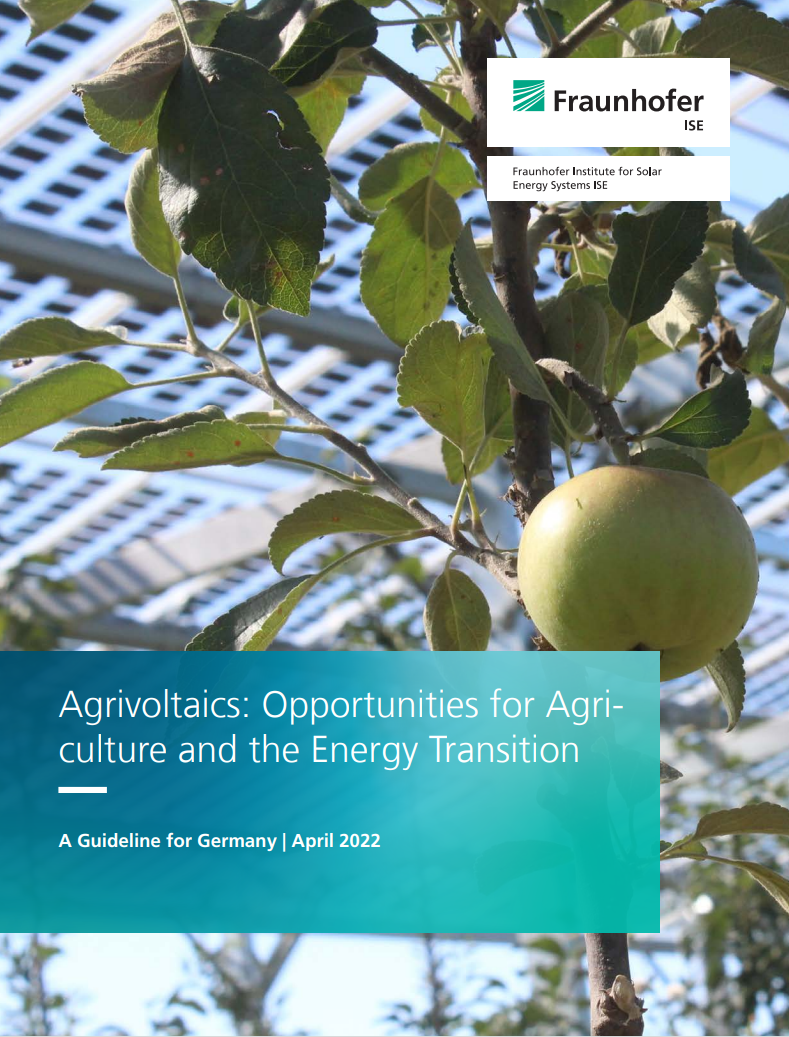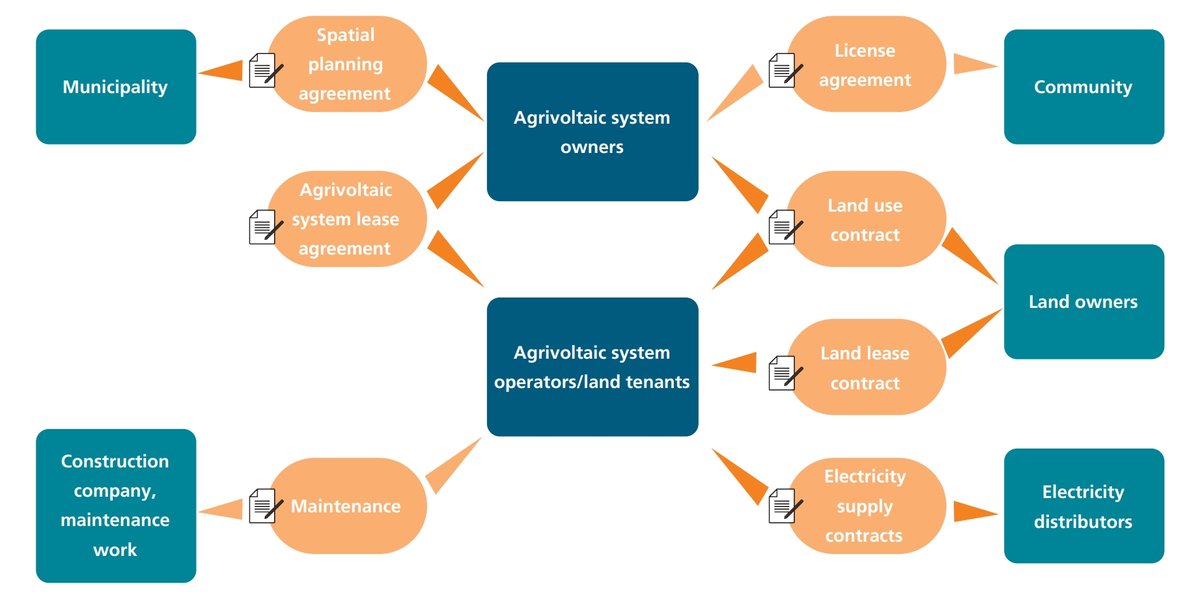The costs of agrivoltaic systems vary and depend, among other things, on the installed capacity and agricultural management.
The effects on the costs and income of agriculture are also highly dependent on location and system design. The investment costs of agrivoltaic systems tend to be higher compared to interspace PV systems. This is mainly due to the more complex substructure, the use of special modules and the soil-friendly installation. The operating costs, on the other hand, can be reduced as the lease costs are shared and the agricultural business is responsible for maintaining the land. Agrivoltaic systems are particularly economically suitable in areas of agriculture where high costs are incurred for protective devices, which can be replaced by an agrivoltaic system.
Agrivoltaics is thus not only sustainable, but also economical. Discover business models that show how agrivoltaics can be made financially viable:


